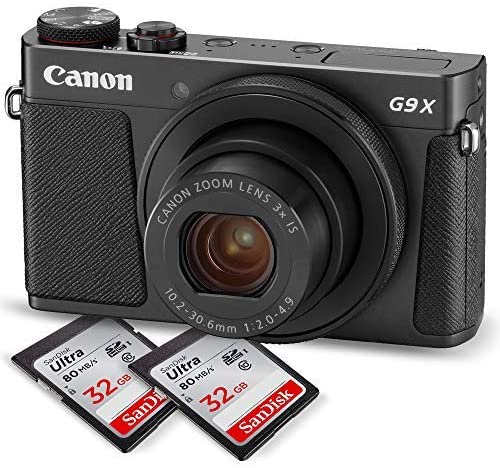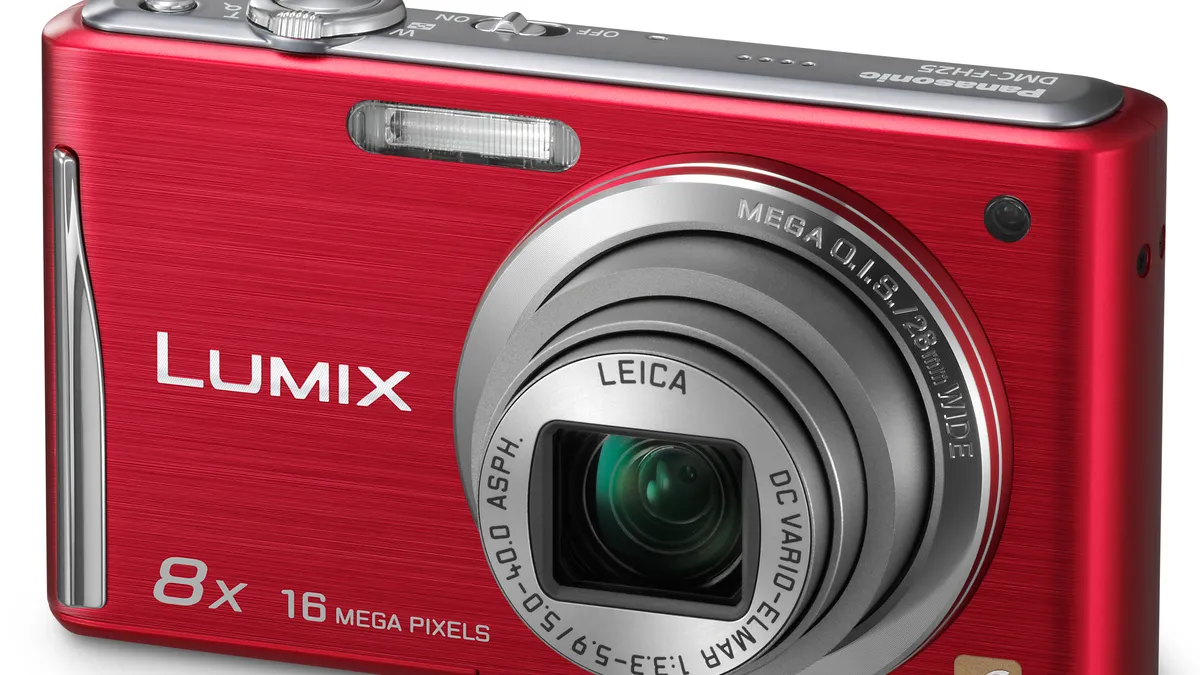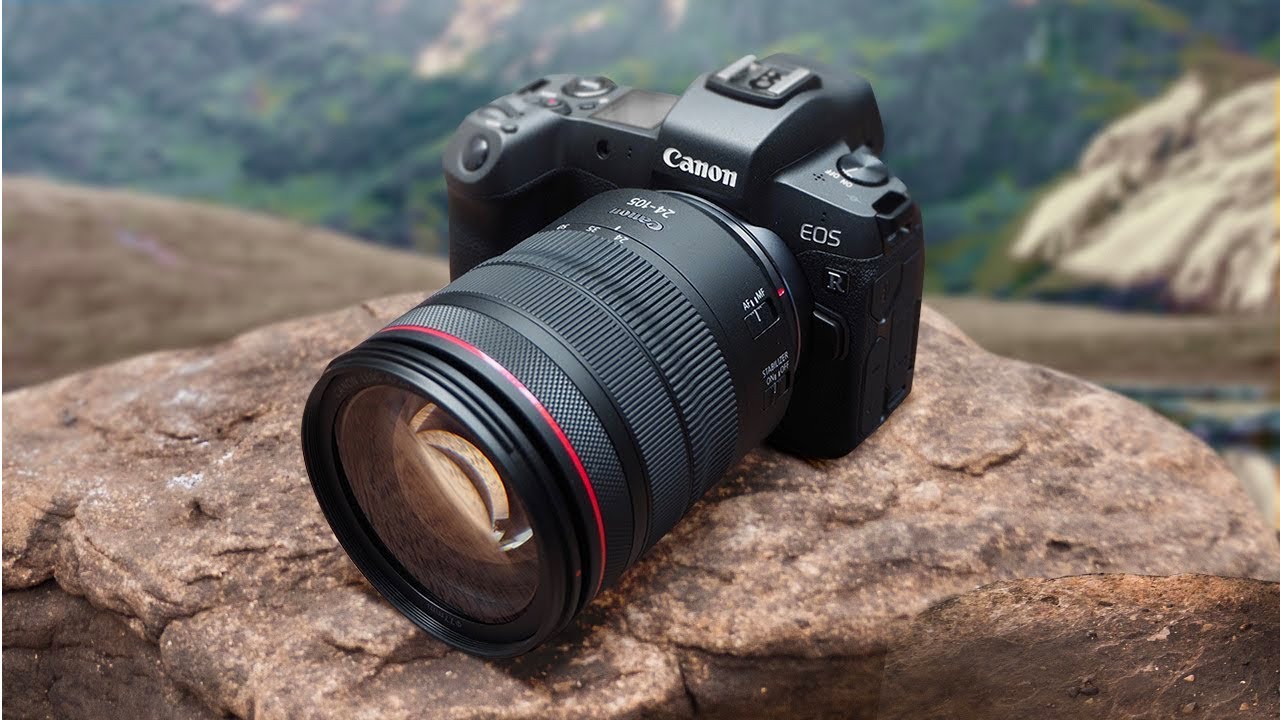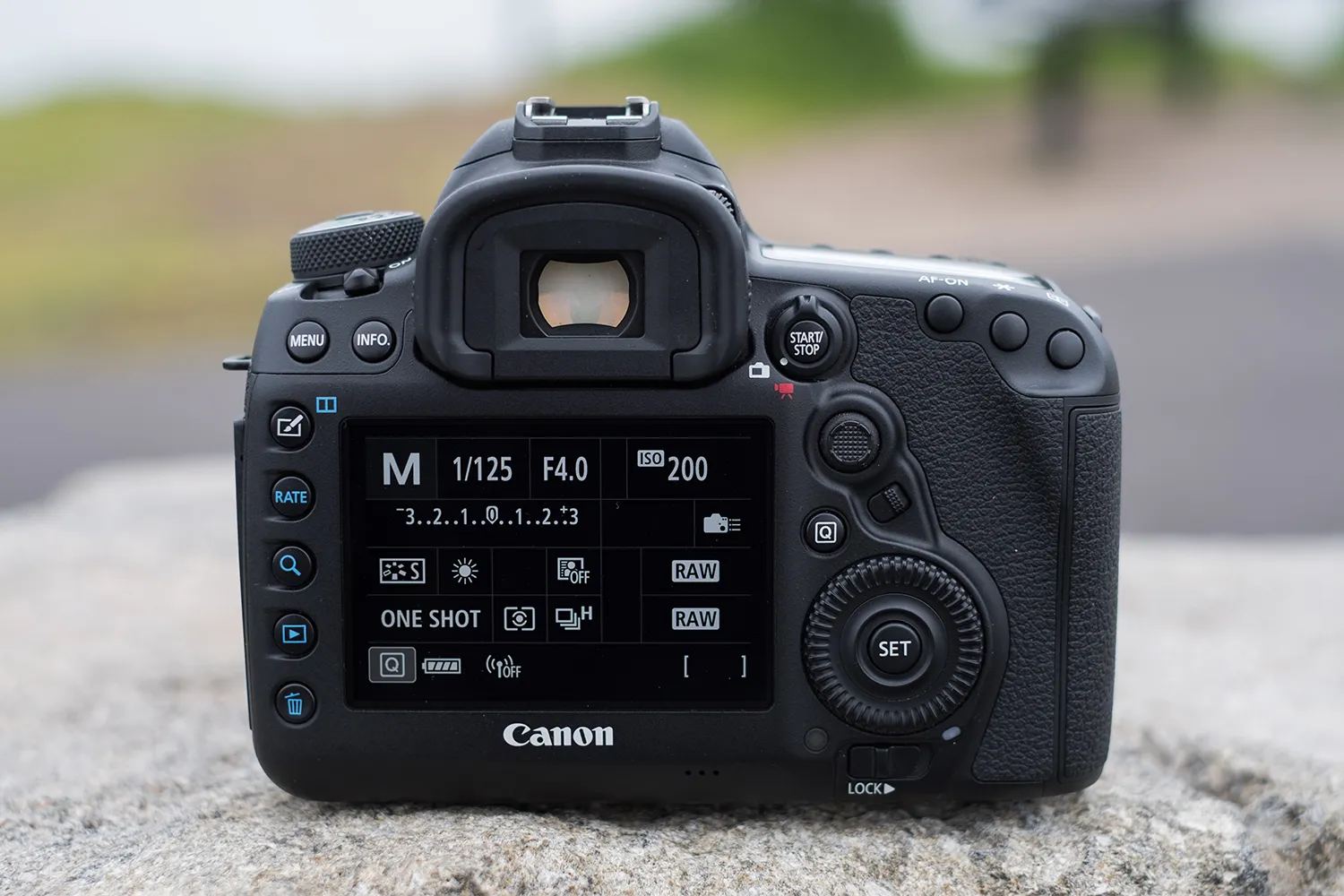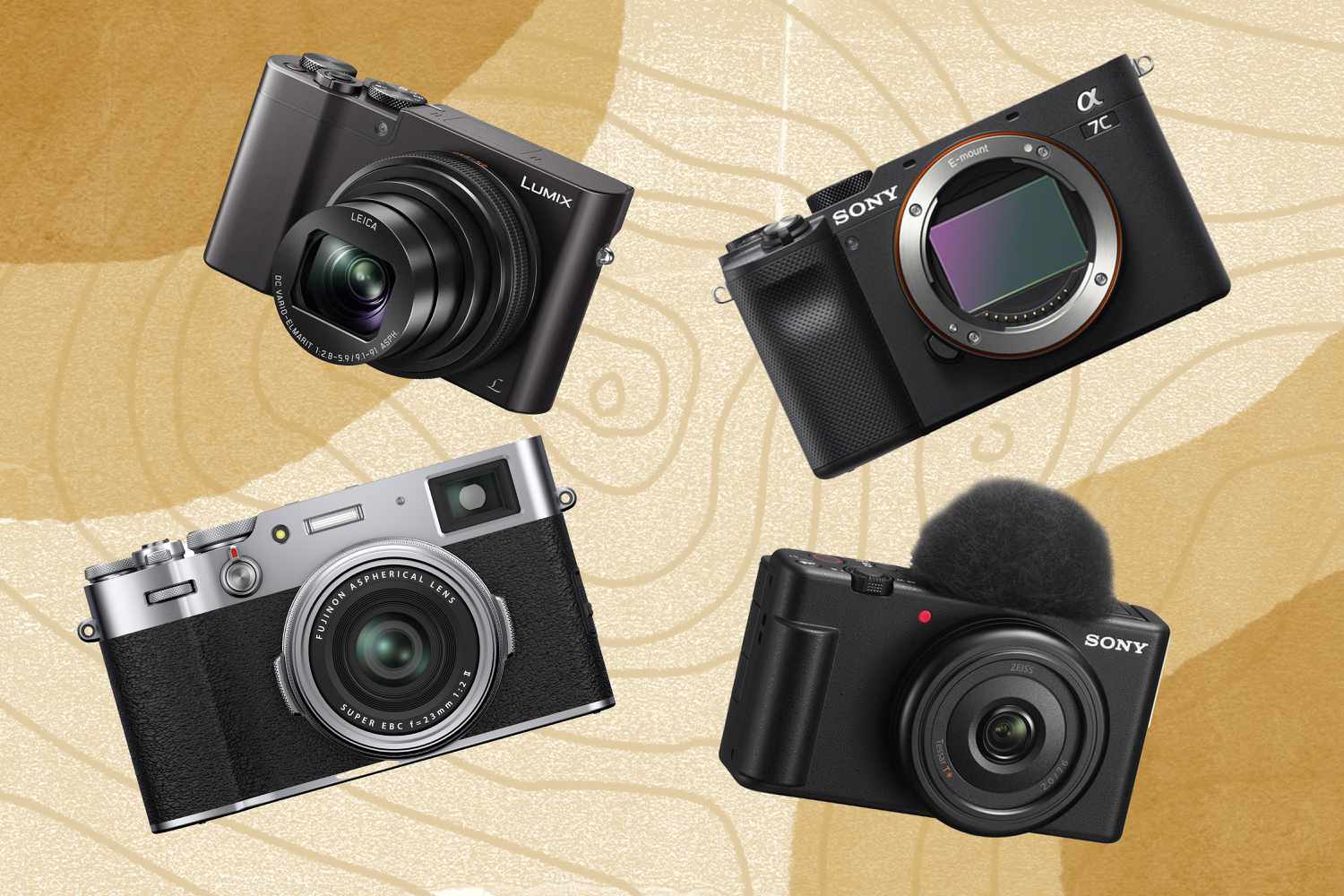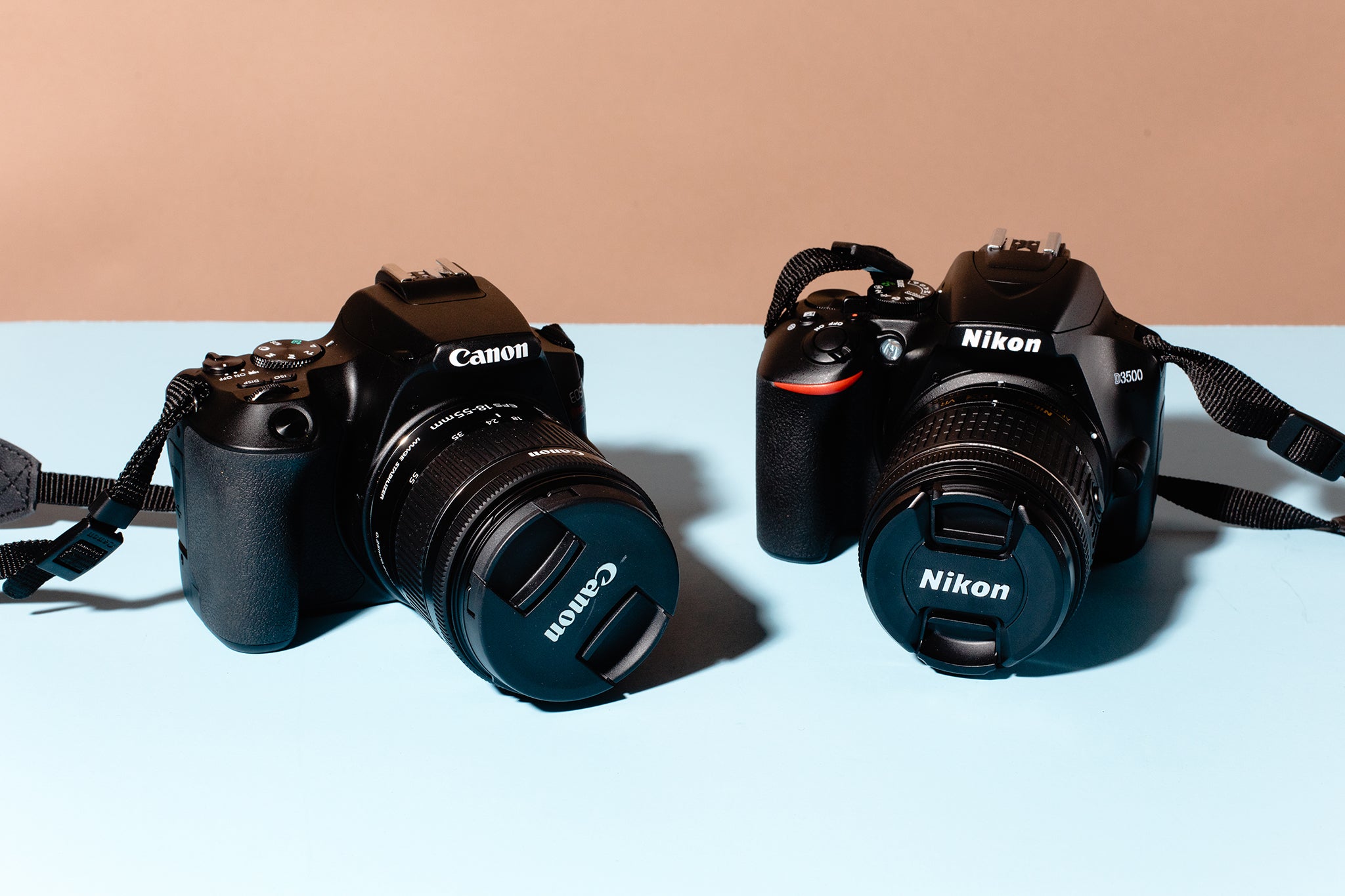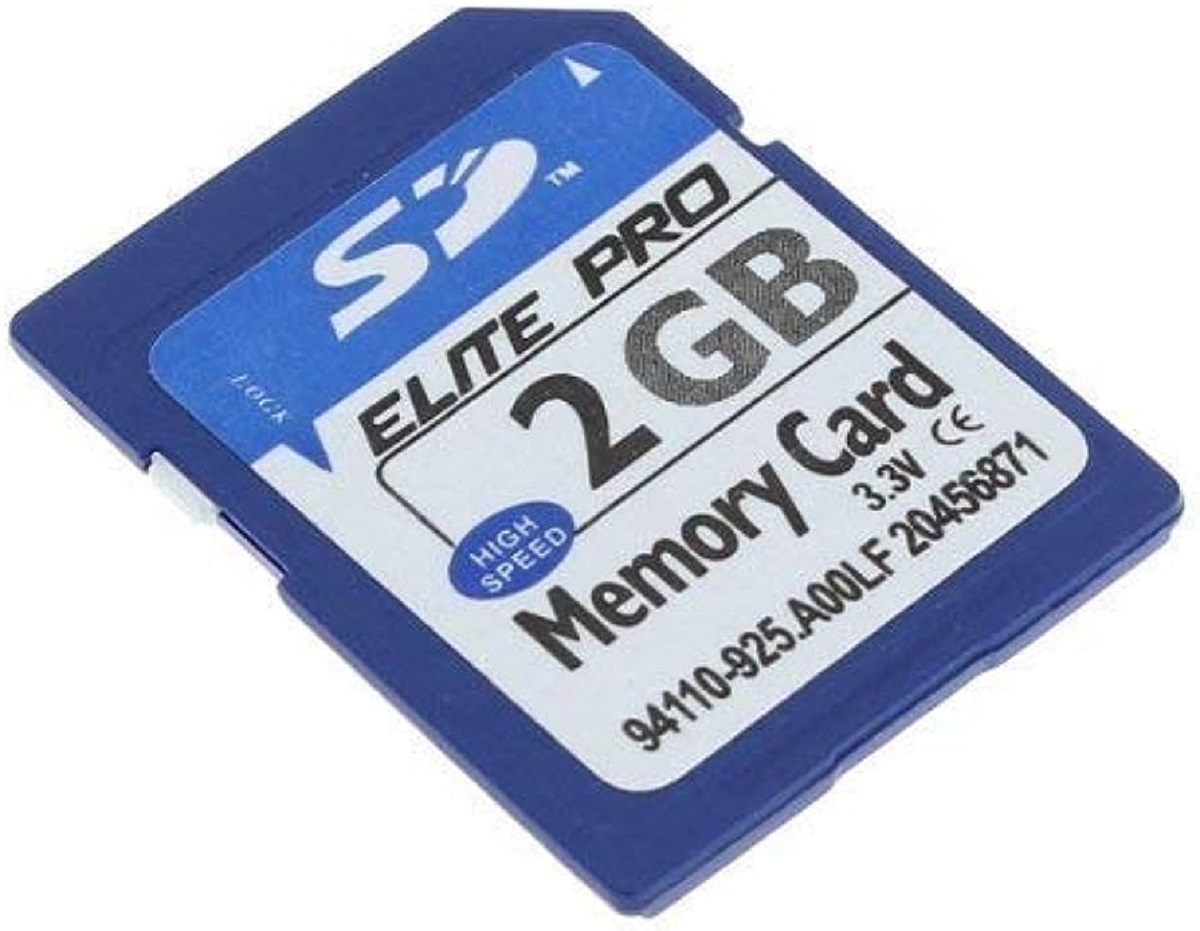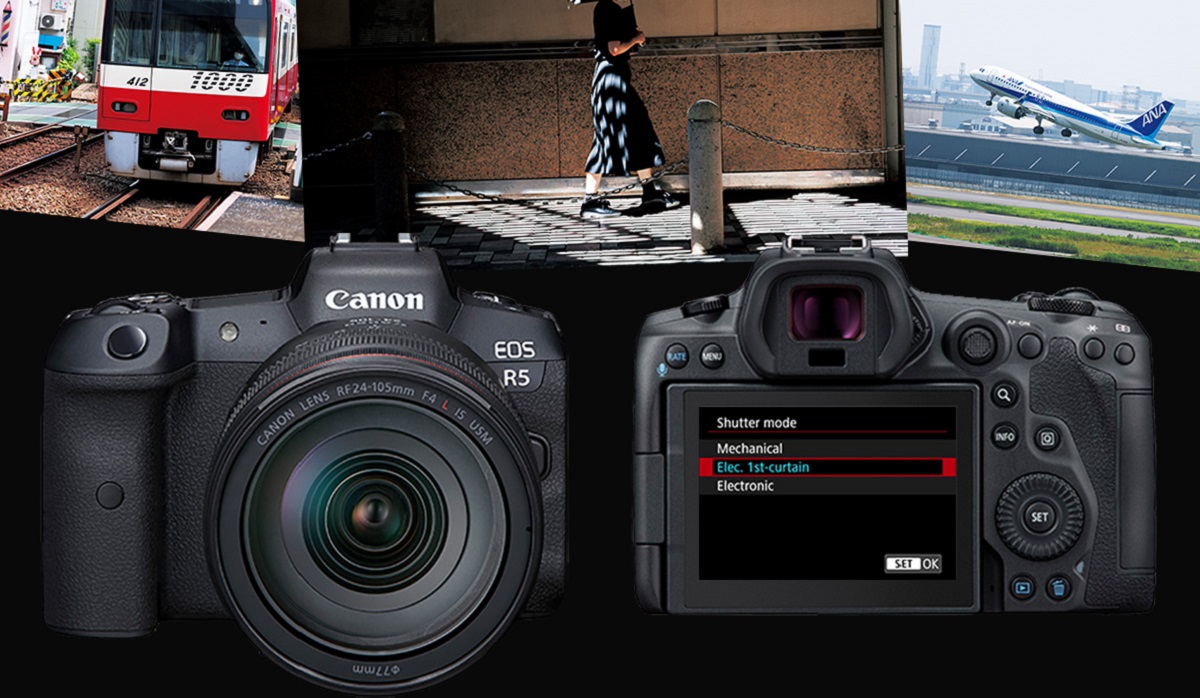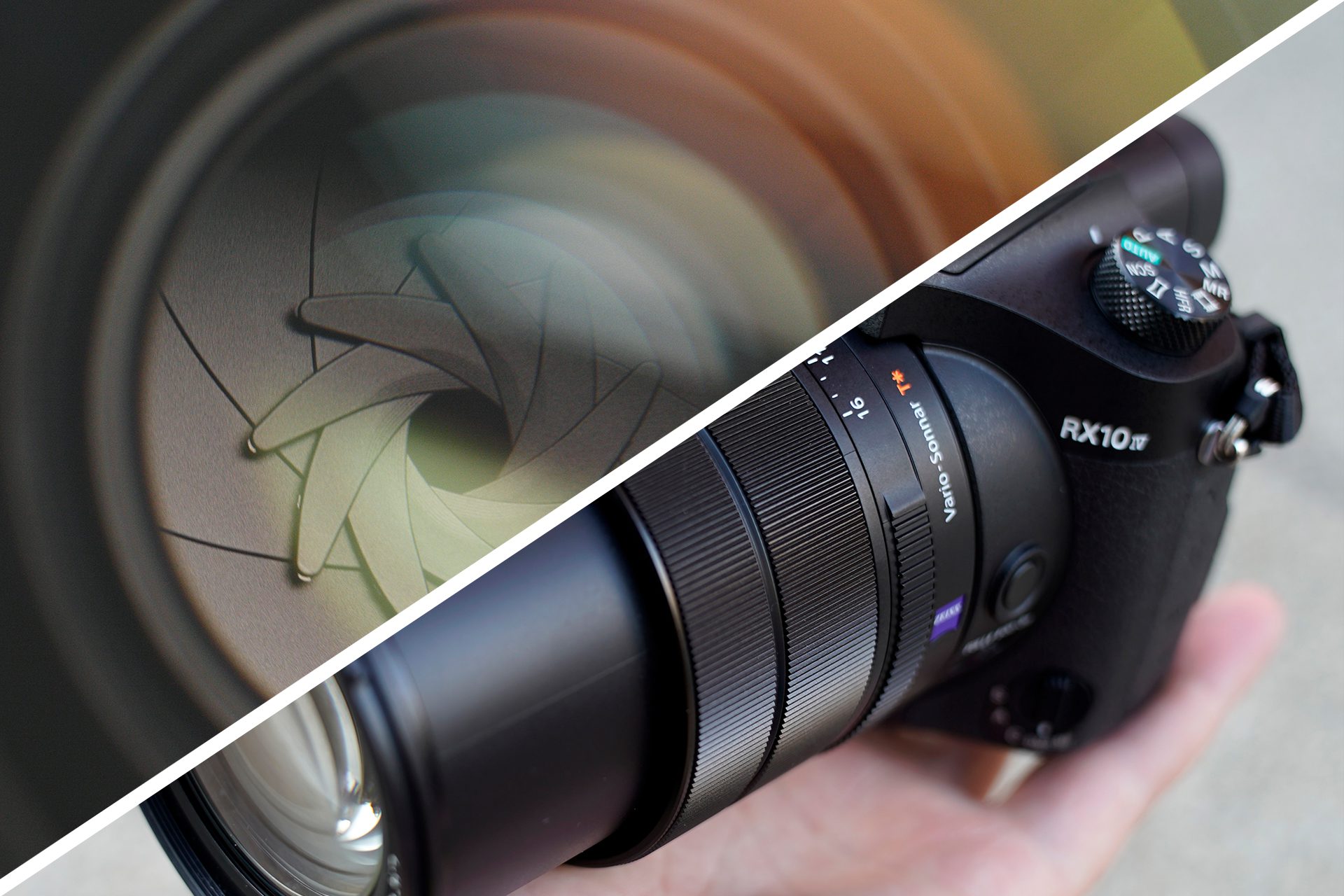The Canon PowerShot G9 X Mark II is a cute little point-and-shoot camera that fits nicely in the hands of a beginner photographer. This camera is, however, much more than what its appearance implies, consistently delivering powerful photo-taking performance with each use. In this review, we give you a glimpse into the Mark II, along with an honest opinion on its specs and capabilities.
Canon PowerShot G9 X Mark II: An Overview
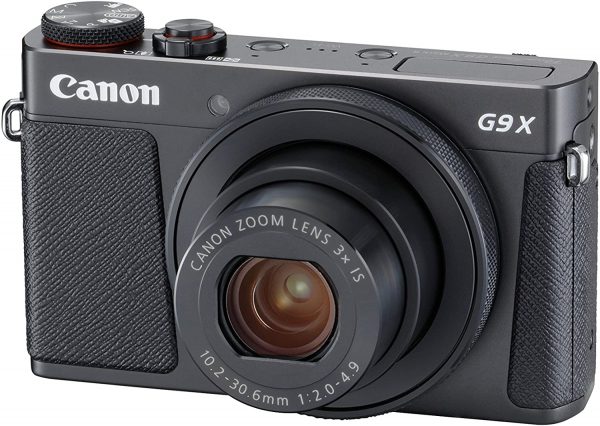

The Canon PowerShot G9 X Mark II is a compact digital camera with a large one-inch sensor. Thanks to this, it packs a punch as a point-and-shoot device when it comes to image quality. It can easily beat many lower-end or mid-range smartphone cameras, especially in low light.
Apart from photo quality, the camera is also built with a touchscreen LCD and a stylish body—perfect if you’re looking for a blend of style and form.
The Mark II does, however, have a few setbacks, such as a short lens with dim telephoto photography. It also doesn’t come with a viewfinder or 4K video capabilities. But for a camera that’s meant to be a point-and-shoot device, it does a satisfactory job. What’s more, the Mark II is reasonably priced at $449 on Amazon.
With all this done and said, how does the Mark II stack up against its competition? Let’s check out the performance and whether or not it is worth the drawbacks in the next sections.
Build & Design
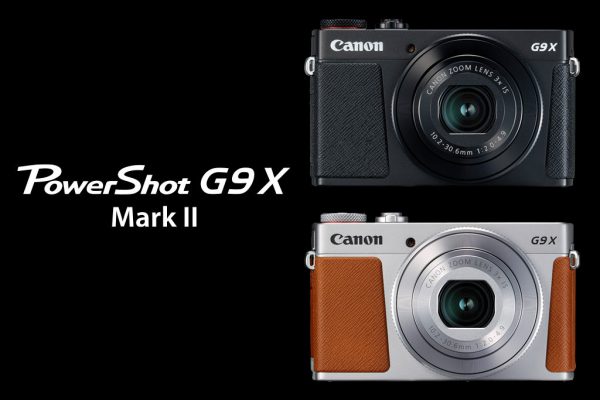

The Mark II definitely sits comfortably among the ranks of the best pocket cameras, starting from a compact size of just 2.3 x 3.9 x 1.2 inches and a weight of 7.3 ounces—this makes it pocketable and ideal for carrying around on your travels without a bag.
Design-wise, the camera comes in black or a two-tone brown and silver finish. The black version is traditionally professional, while the brown and silver version looks more vintage and stylish. Both come with a solid, metal body, making for an overall premium feel in the hands.
Controls & Layout
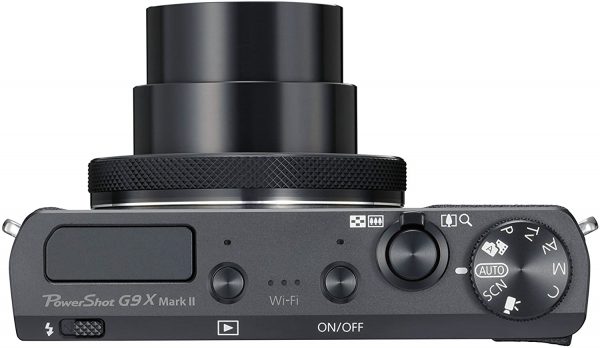

The Mark II also features a minimalist layout of buttons and dials. You’ll immediately notice that the top of the camera has very few physical controls, encompassing quick basics like the pop-up flash for low-light situations.
The same is true for the back of the Mark II. In fact, you’ll find only four buttons to trigger different settings. Thus, you should expect to operate this camera mostly via the touchscreen LCD.
LCD Screen
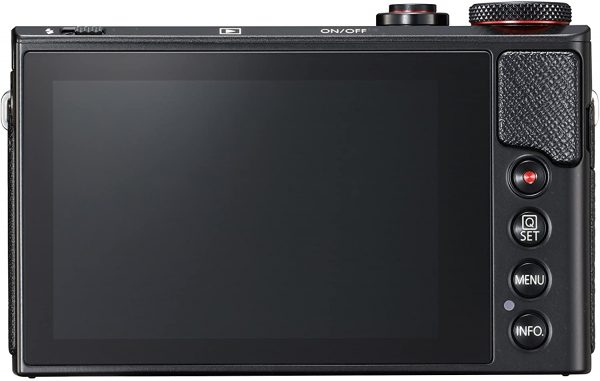

Moving on to the touchscreen LCD, there’s not much to complain or even talk about here. It’s a bright and sharp three-inch display with 1,040k dots—great for both indoor and outdoor photography. Moreover, you’ll find that it’s as responsive as a smartphone, so it’s handy considering the lack of physical controls. However, the LCD doesn’t tilt like on some other point-and-shoot devices and is therefore not ideal for selfies or vlogs.
Ease of Use & Handling
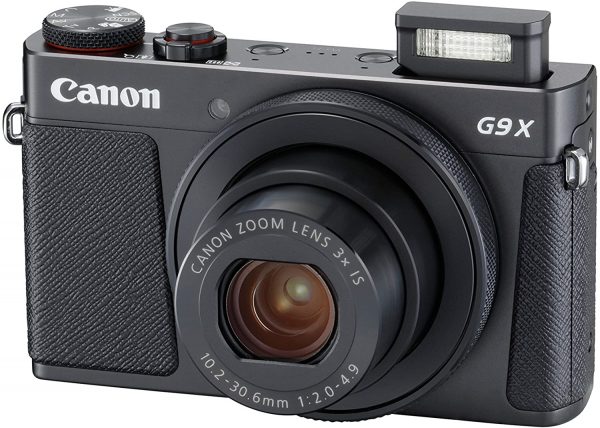

As we’ve previously mentioned, the Mark II is a pocket camera. Hence, it’s easy to bring around with you wherever you go. However, being a compact camera does come with a couple of compromises.
Firstly, there is no handgrip on it. While there are a rear thumb rest and a textured surface, it’s nothing compared to cameras with properly molded grips. Of course, this is pretty common for many point-and-shoot devices, especially when they aim for an ultra-slim compact form factor. However, this slim construction also sacrifices a bit of functionality. We see this prominently in the lack of an electronic viewfinder that some of its rivals have.
In addition, if manual photography with physical controls is your thing, the Mark II may not be the camera for you. That’s because its compact design also comes at the expense of manual controls. You can only adjust most of the basic settings like ISO, exposure, aperture, and shutter speed using touch. Hence, it can be difficult to get used to or navigate for manual photographers.
Lastly, the small size of the Mark II makes it ideal only for small hands. If you have large hands, you’ll likely struggle to handle the camera. Furthermore, while the touchscreen is responsive, it doesn’t help if your fingers can’t hit the right buttons.
Connectivity
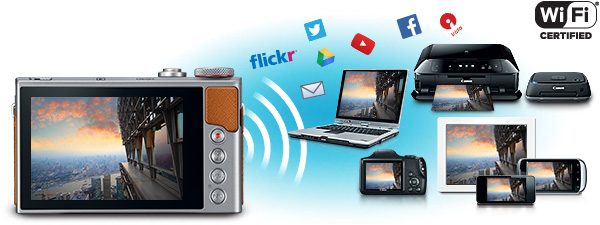

The Mark II provides ample connectivity for a modern camera. Firstly, it has a very versatile built-in Wi-Fi connection that you can use to easily transfer files to your smartphone. This makes it convenient if you need to quickly share photos and videos on social media on the go.
In addition, you can use Wi-Fi to remotely control it with your smartphone. While it’s not something everyone would want, it’s particularly useful when you’re traveling or taking photos alone.
The Mark II also has wired connections. This includes a micro USB and micro HDMI port for charging and visual output respectively. It also has the traditional SD/SDHC/SDXC card slot near the battery compartment. Thus, you don’t need to worry about quickly transferring files to your computer for post-processing.
This camera does lack some connectivity ports that larger models carry, such as a hot shoe to let you install third-party flash or other accessories. It also doesn’t have headphone and microphone jacks, making it not ideal for video recording.
Also read: The Best Cameras for Beginner Photographers
Performance
Let’s move onto the performance of Canon PowerShot G9 X Mark II. It is a step up from its predecessor and is more responsive overall. Controls, boot time, focus, and shots are all much snappier and fluid with very little lag. However, responsiveness doesn’t determine everything when it comes to performance, even for a point-and-shoot camera. Let’s check out the camera’s different aspects and see how it fares.
Autofocus


The autofocus system on the Mark II acts similarly to a smartphone. To autofocus, you simply need to tap on any subject on the LCD. This will sharpen the subject and bring them into focus. However, this doesn’t mean the rest of the shot is blurry. It just means that the camera stays locked and keeps the subject well-focused.
You may think that this is standard stuff even for smartphone cameras. However, the Mark II adds on to this with other features that smartphones don’t typically have. For example, it has more advanced facial recognition and tracking software built-in. This means that even if your subject moves, the camera will still lock onto them with ease. With this, all you need to do is point and shoot—literally.
Unfortunately, the Mark II’s autofocus isn’t perfect. While it mostly keeps everything sharp, the edges of the frame are a bit out of focus. This gripe aside, the camera can autofocus well overall, even in relatively low light. It even has a macro mode and a manual focus mode if you need something more hands-on.
Burst Shooting
As for burst shooting, the Canon PowerShot G9 X Mark II shows much promise. It can shoot in bursts for up to 8.2fps—impressive for a point-and-shoot camera. However, it does have a limit when it comes to how much you can shoot before it slows down.
Burst shooting can keep up with as many as 21 RAW + JPG photos. If you’re going with all JPG, that number jumps to 39, while all RAW goes up to only 23. Nonetheless, it’s pretty capable for a compact camera and is enough for most people.
This Canon camera also features a seven-second data writing time, which is more than fast enough for regular use. Hence, you’ll find that it performs relatively quickly even in between burst shots.
Battery Life
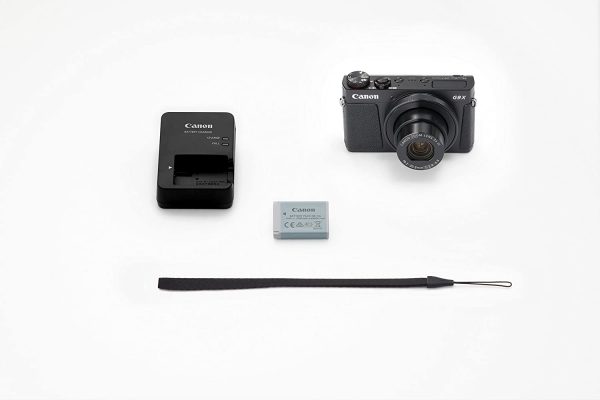

Sadly, the battery life on the Mark II takes a bit of a hit, able to take only 235 shots before it dies. You can stretch this limit to the 300s if you use the built-in eco mode. However, it’s a bit discouraging considering how well it performs overall.
Thankfully, you can easily recharge it while on the go. That’s because it has a built-in micro USB port for charging. All you need is a portable battery pack and you’re good to go.
Picture Quality
The Canon PowerShot G9 X Mark II features a decent metering system overall. It can handle various lighting situations while retaining true-to-life exposure and brightness. Moreover, it reflects real-world colors pretty accurately even with mixed and non-organic lighting. Hence, we have few complaints when it comes to white balance, color accuracy, and exposure.
Of course, the image quality of the Mark II isn’t 100% perfect. There are a few times when it’s slightly off when you shoot in high contrast. However, you can easily correct these minor quirks with post-processing because of the camera’s RAW shooting capabilities.
ISO, JPEG, & RAW Shooting


Overall, the Mark II can capture detailed JPEGs with its 20.1-megapixel sensor. Moreover, it depicts ample detail even at higher ISOs. It’s only when you get to ISO 3200 and beyond that it starts to add immediately noticeable noise.
As for shooting in RAW, the Mark II handles noise and retains detail much better. Even at higher ISO sensitivities, RAW shooting delivers quality images with low grain. Of course, there is a limit to this, but it’s much better than JPEG overall.
This is why we recommend shooting in RAW while using the Mark II. It can handle low-light situations much better and also gives you the option to edit photos post-shoot. Of course, you can still use JPEGs if it’s more convenient. However, shooting in RAW is ideal if you want the best picture quality.
Lens & Video Shooting
Unfortunately, we can’t compliment the lens on the Mark II all that much. It’s a short lens with 3x optical zoom, image stabilization, and a maximum aperture of f/2. All these combined do help the camera capture great detail, but that maximum aperture is limited to the camera’s somewhat narrow wide-angle range. Moreover, if you use optical zoom, you only get an f/4.9 aperture.
As for video quality, the Mark II can only shoot up to Full HD (1080p). That gives it a large drawback because many other compact cameras can already shoot in 4K. Hence, if you’re looking for something to use for professional videos, it’s best to look elsewhere.
Price
Being a compact camera, the Mark II is competitively priced. It only goes for $449.00 on Amazon brand-new—about the price of a mid-range smartphone. If you’re coming from a low-end or mid-range phone, this might be worth the upgrade for photography. That’s because it’ll most likely offer a better image than many mid-range phones. However, we can’t say the same if you own a high-end smartphone with great cameras that can shoot in 4K.
The Final Word
The Canon PowerShot G9 X Mark II isn’t perfect. It cuts corners on a few aspects to accommodate its compact size and affordable price. However, it’s one of the best point-and-shoot cameras you can find with a one-inch sensor. It also performs well and delivers high-quality photos in a small form factor—certainly an upgrade from mid-range smartphone photography.
The Mark II also has its downsides, like a limited lens range for wide-angle shots. It also has very few physical controls, which can make it cumbersome to operate. There’s also no 4K video, viewfinder, or tilting LCD built-in to make life easier. However, most of these setbacks are non-essential, especially for the average person. If you want a photography upgrade from a low-to-mid-end smartphone, then this is a solid choice.







